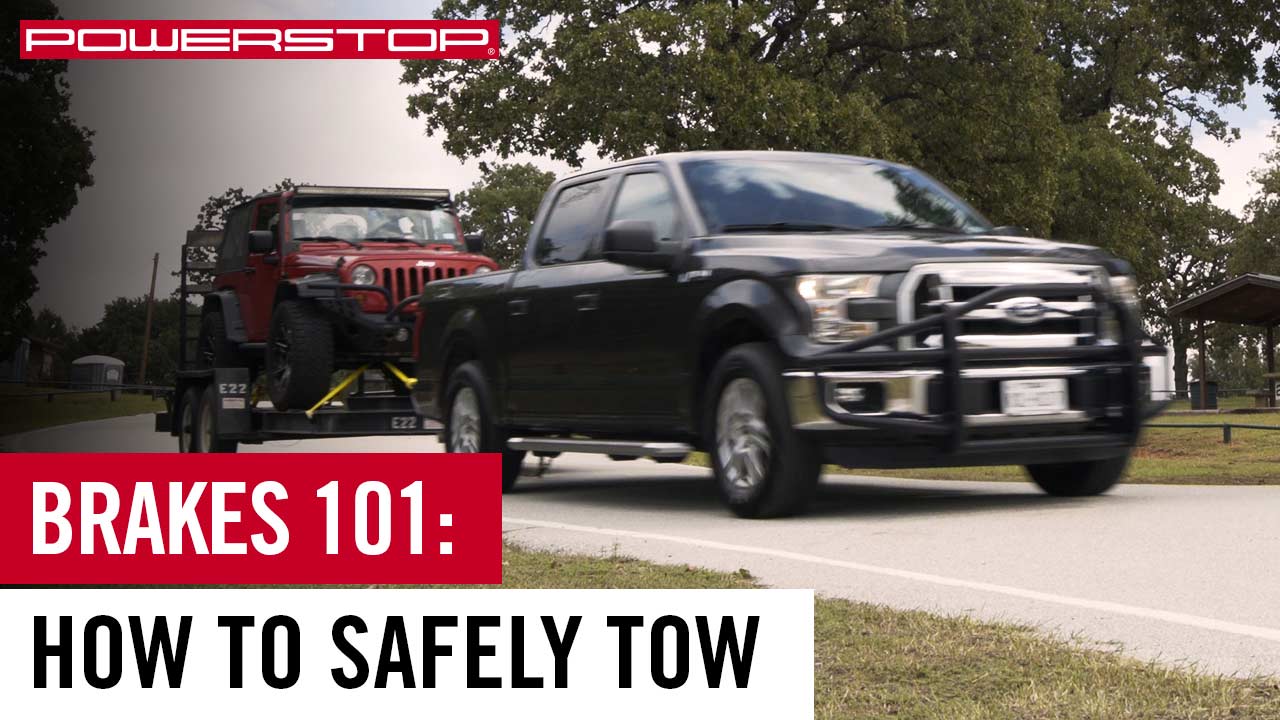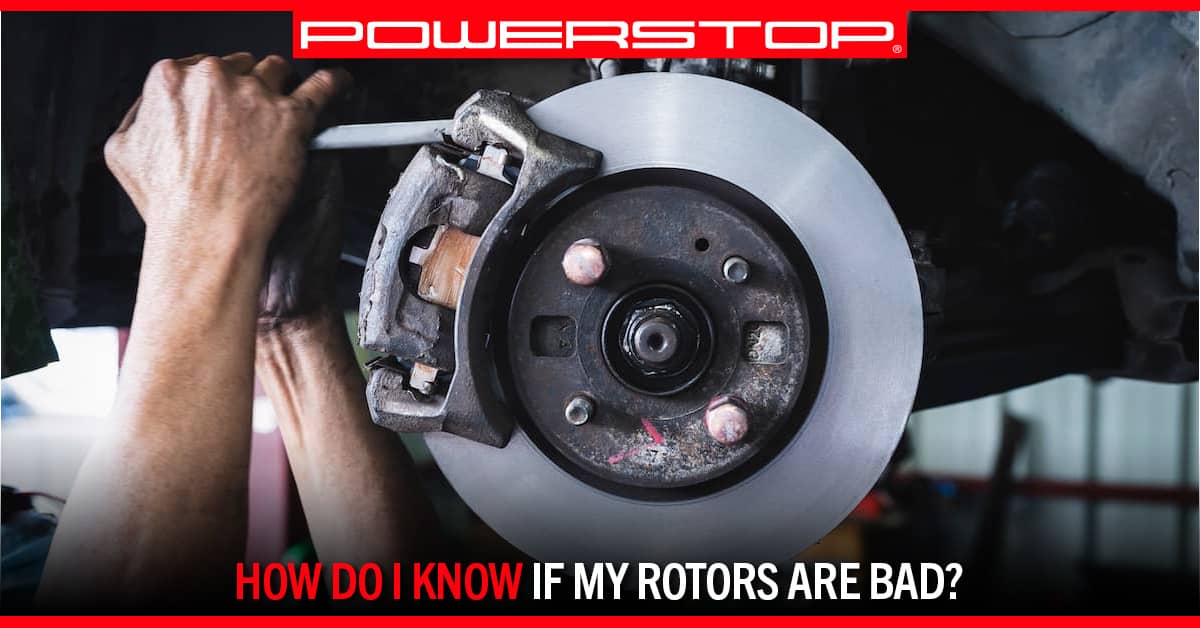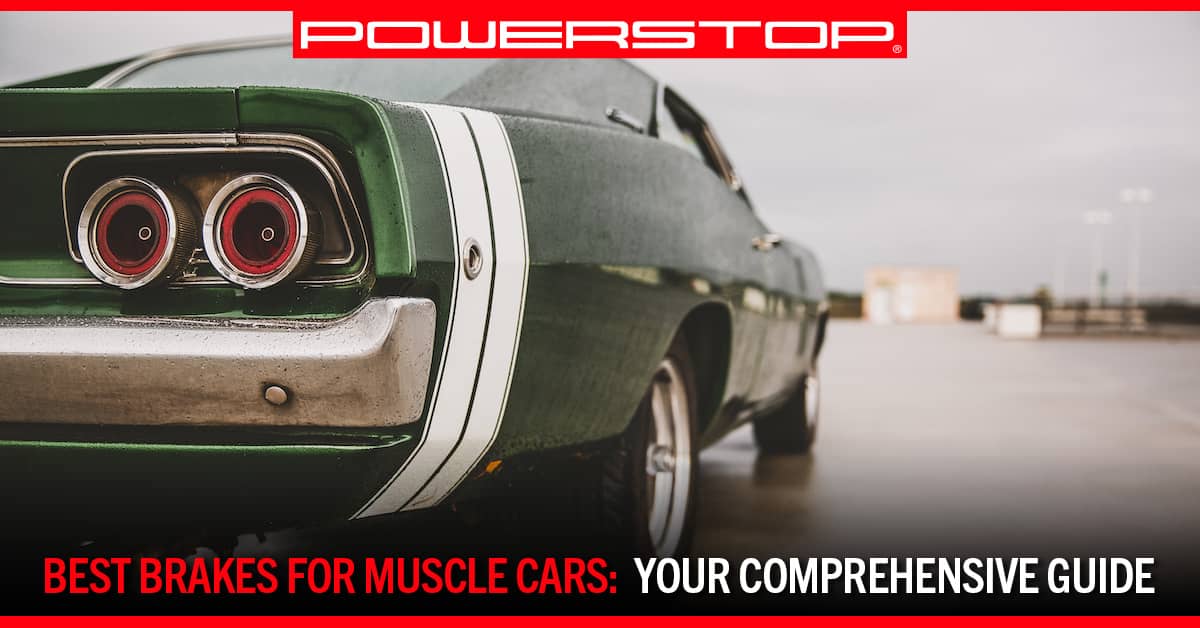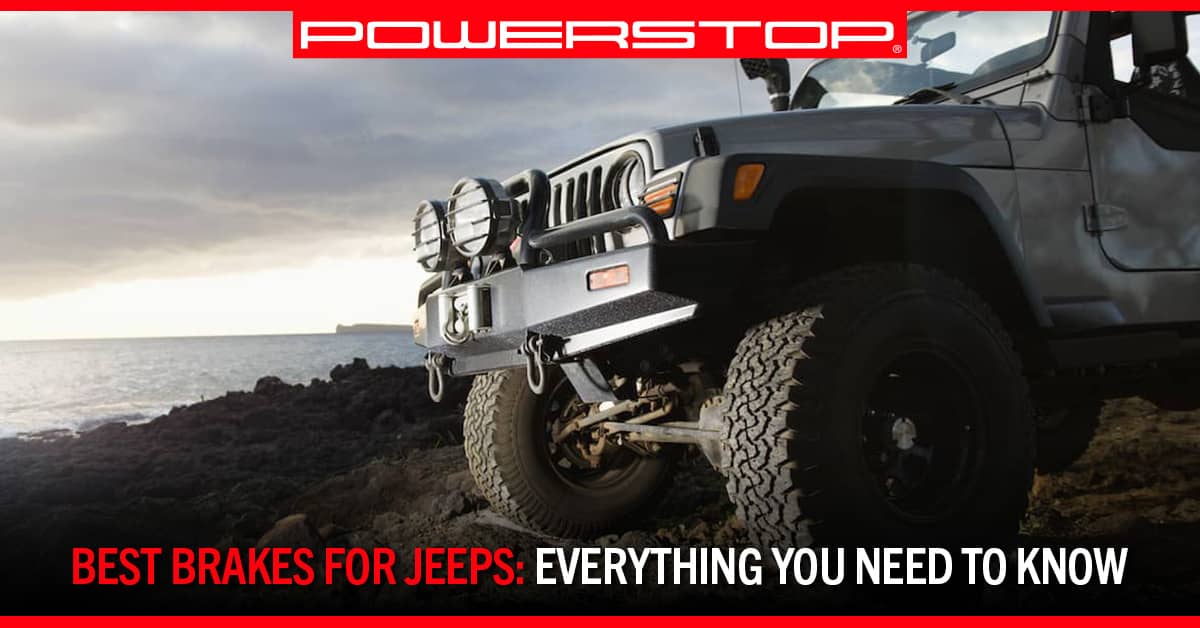
The Safest Way To Tow Your Vehicle: Tow Truck Or Pickup/Trailer Combo
At PowerStop, we’re committed to bringing you any information that can help make your driving experience better and safer. Towing requires different precautions than everyday driving.
In the following video, we visit our friends at Curt Manufacturing to help us go over some of the basic load weight techniques and optional equipment.
What Is the Safest Way to Tow a Car?
Hauling another vehicle with a tow truck or pickup/trailer combo is the safest way to tow. With a car-hauling trailer, all four wheels of the towed vehicle rest securely on the trailer. Simply drive or move the vehicle up onto the trailer and secure it with chains and/or straps.
When towing a car-hauling trailer, you’ll need a sturdy truck. The combined weight of the trailer and towed vehicle exceeds the tow rating of virtually every passenger car, as well as many modern SUVs. Additionally, keep in mind that trucks that tow need better brakes.
What Does 60/40 Load Weight Mean When Towing a Trailer?
When towing with a trailer, it’s important to pay attention to where the weight is placed. 60% of the weight of the load should be in front of the trailer axle with 40% behind it. Too much weight behind the trailer axle can result in trailer sway. However, too much weight in front of the axle can also be bad. In this situation, weight will be lifted off the front axle of the truck. This leads to poor steering and braking.
The 60/40 weight split is used mainly for a traditional trailer setup, but it also applies to most other trailer setups, too. If you cannot get the recommended 60/40 ratio, there are products designed to help. Examples of these products can be found in the video above.
How Do You Tow a Car Without a Trailer?
While most experts agree that if you’re going to tow a vehicle, it should be with a tow truck or a pickup truck with a car-hauling trailer, not everyone has access to such heavy equipment. You may be in a remote area where it’s difficult to get assistance, or your AAA membership has expired and you simply can’t afford to call a tow truck.
Sometimes you just have to improvise, but safety should always be a top priority. This means you’ll need to do some basic fact-finding to determine if you can tow another vehicle with your own.
How Do You Tow with a Tow Bar?
Tow bars usually have an A-frame design that mounts to the towed vehicle with a rear-mounted hitch. Tow bars are often available for rent if you don’t own one already.
When using a tow bar, you must also use safety chains. Note that tow bars are prone to “pushing”, which occurs when the momentum of the towed vehicle pushes against the back end of the towing vehicle. Because of this, it is imperative to use extreme caution when simultaneously braking and turning, as the rear vehicle will push the towing vehicle to the outside of the turn.
How Do You Tow with a Dolly?
A tow dolly is essentially a small trailer. A tow dolly can help to reduce tire wear on the towed vehicle because it keeps the towed vehicle’s tires up off the ground. Tow dollies are lightweight and can be rented from many moving and storage companies.
A benefit of using a tow dolly is that it eliminates “pushing” (explained above) of the towed vehicle during braking.
Safety Tips for Towing Cars
When towing another vehicle, keep the following safety tips in mind:
- Drive slowly: Drive slower than you normally would and leave plenty of space between you and the traffic in front you. The added weight of the vehicle you are towing will require you to brake at longer distances, so you’ll need to adjust your speed accordingly.
- Avoid sharp turns: This is especially important when towing with an A-frame tow bar. Sharp turns can cause the towed vehicle to impact the towing vehicle, damaging both vehicles.
- Use turn signals and mirrors: Use your turn signal to let other motorists know your intentions and reduce the risk for collisions or other problems. Ensure your mirrors are adjusted, clean, and securely mounted. Tow mirrors are recommended for trailers and longer towed vehicles.
- Change lanes with caution: After activating your turn signal and checking your mirrors, change lanes slowly when it is safe to do so. Remember that combination vehicles have blind spots, so using extreme caution when changing lanes is a must.
- Brake responsibly: Good brakes and safe braking techniques are crucial when towing another vehicle. Drive slowly, stay alert, and use caution to avoid panic stops and sudden braking. Make sure your brakes are up to the task and that your pads and rotors are in good condition.
- Know how to avoid brake fade and brake fluid boil: In another video and article, we go over brake fade and brake fluid boil. These are two of the scariest brake system malfunctions that can occur while towing.
Have A Question? PowerStop Can Help!
At PowerStop, we’re proud to provide top-quality performance brakes for virtually every vehicle on the road. If you have questions regarding any of our products, contact us now online or toll-free at 888-863-4415. Our helpful team of customer service experts is available Monday through Friday from 8 a.m. to 5 p.m. (CST). Se habla español.
Back



